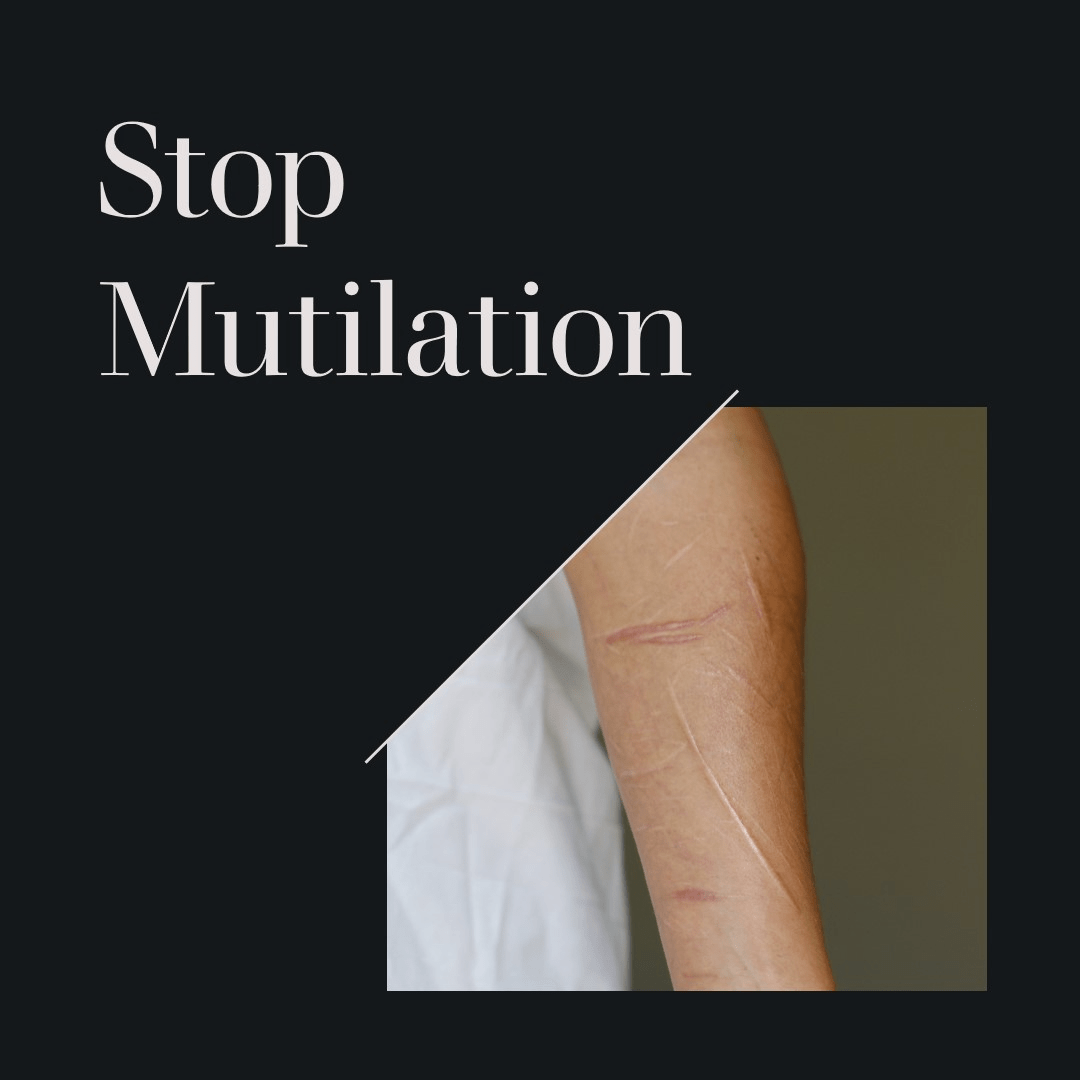Introduction:
Female Genital Mutilation (FGM), also known as female circumcision, is a harmful cultural practice that involves the partial or total removal of the external female genitalia. In this essay, we will explore the various aspects of FGM, its consequences, the reasons behind its practice, and the importance of working together to eliminate this violation of human rights.
Understanding Female Genital Mutilation:
FGM is a deeply rooted cultural practice prevalent in several communities around the world, particularly in parts of Africa, Asia, and the Middle East. It is often performed on girls between infancy and adolescence, without their informed consent, and can cause severe physical and psychological harm.
Types and Consequences:
FGM encompasses different types, ranging from clitoridectomy (partial or total removal of the clitoris) to infibulation (narrowing of the vaginal opening and removal of the labia). The practice can lead to immediate and long-term health complications, including:
- Severe Pain and Trauma: FGM is usually performed without anesthesia or proper medical care, causing extreme pain, shock, and psychological trauma.
- Infections and Bleeding: The use of unsterilized instruments and unsanitary conditions during the procedure increase the risk of infections, such as tetanus, urinary tract infections, and even HIV/AIDS. Excessive bleeding is also a significant concern.
- Urinary and Menstrual Problems: Scarring and narrowing of the vaginal opening can lead to urinary difficulties, recurrent infections, and menstrual complications, including pain and obstructed menstrual flow.
- Sexual Dysfunction: FGM can severely impact sexual health and pleasure. It can cause pain during intercourse, decreased sexual desire, and difficulty achieving orgasm.
Understanding the Reasons Behind Female Genital Mutilation:
FGM is often deeply ingrained in cultural beliefs and social norms, and its practice is influenced by a range of factors, including:
- Social Acceptance: FGM is viewed to ensure social acceptance, marriageability, and preservation of cultural traditions within certain communities.
- Gender Inequality: FGM is sometimes associated with controlling female sexuality and reinforcing gender roles and power imbalances.
- Misconceptions and Superstitions: Some communities believe that FGM promotes hygiene, enhances fertility, or prevents diseases, despite lacking scientific evidence to support these claims.
Promoting Change and Ending FGM:
Eliminating FGM requires a comprehensive approach involving education, advocacy, legal frameworks, and community engagement:
- Education and Awareness: Educating communities about the harmful consequences of FGM is crucial for challenging deeply rooted beliefs and promoting alternative cultural practices that do not harm girls and women.
- Empowering Communities: Engaging community leaders, religious leaders, and influential individuals to promote dialogue, challenge harmful norms, and advocate for change is essential in ending FGM.
- Legal Measures: Enacting and enforcing legislation against FGM can provide legal protection for girls and women and deter the practice. Governments must prioritize the implementation of laws and provide resources for effective enforcement.
- Healthcare and Support: Providing accessible healthcare services and psychological support for those affected by FGM is essential. Medical professionals can play a crucial role in raising awareness, providing counseling, and treating the physical and psychological consequences of FGM.
- International Collaboration: Addressing FGM requires global cooperation and collaboration. Governments, NGOs, and international organizations must work together to share knowledge, resources, and best practices to accelerate the eradication of FGM.
Conclusion:
Female Genital Mutilation is a harmful practice that violates the rights of girls and women. By raising awareness, promoting education, engaging communities, enacting legal measures, and providing support, we can work towards eliminating FGM and ensuring the health, well-being, and dignity of all individuals.

